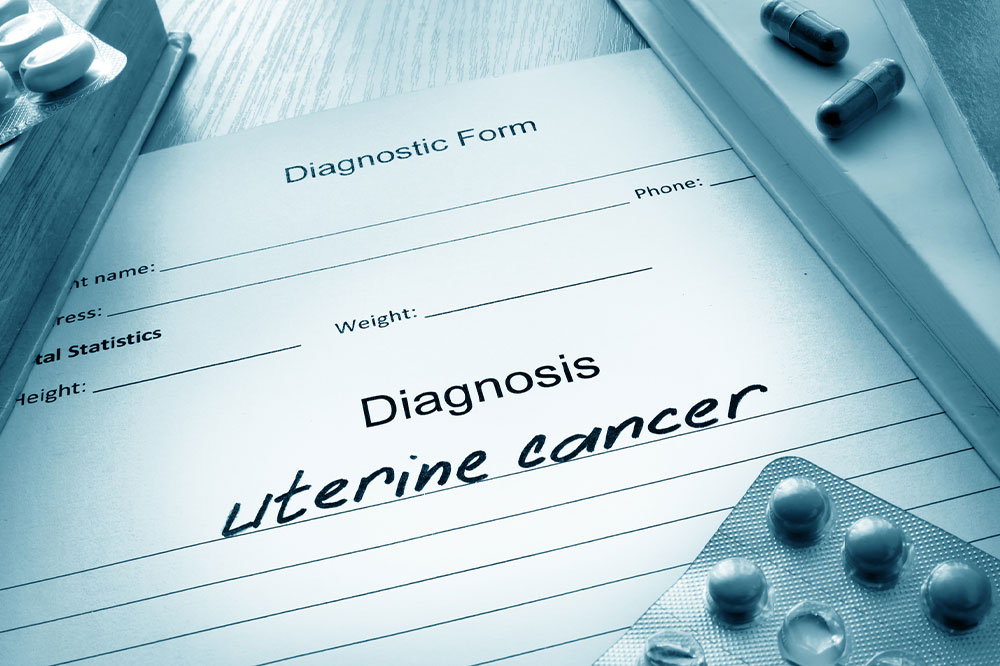Comprehensive Guide to Male Breast Cancer: Symptoms, Causes, and Prevention Strategies
Male breast cancer is a rare but serious condition that requires awareness of its symptoms, causes, and treatment options. This comprehensive guide highlights the importance of early detection, genetic factors, and lifestyle influences, offering strategies for prevention and management. Understanding risk factors like family history, hormonal imbalances, and age can lead to earlier diagnoses. The article covers symptoms, diagnostic procedures, and modern treatments such as surgery, radiation, hormone therapy, and targeted therapies, emphasizing the need for prompt medical attention and regular health checks for men at risk.

Comprehensive Guide to Male Breast Cancer: Symptoms, Causes, and Prevention Strategies
Male breast cancer, although relatively infrequent compared to female breast cancer, remains a critical health concern that often goes under-recognized. Increased awareness and understanding of its early signs, causes, and risk factors are essential for timely diagnosis and effective treatment. Despite the fact that the exact cause of male breast cancer isn't entirely understood, research indicates that certain genetic and environmental factors significantly elevate the risk. Notably, men with a family history of breast cancer or those carrying specific gene mutations, such as BRCA1 and BRCA2, are at heightened risk. Understanding these elements can help in early detection and possibly in preventive measures.
The symptoms of male breast cancer can be subtle in the initial stages, which emphasizes the importance of awareness. Typically, affected individuals notice painless lumps or thickening in the breast tissue. These lumps are usually found beneath the nipple or areola, often deep within the breast tissue. Over time, some men might observe changes in the skin of the breast, such as redness, puckering, or dimpling, which resemble the peau d'orange appearance seen in advanced stages. Alterations in the nipple, including inversion (turning inward), scaling, or redness, can also be indicative of malignancy. Additionally, nipple discharge—particularly if it is bloody or clear—should not be ignored. Recognizing these signs promptly leads to early diagnosis, which can significantly improve treatment outcomes.
The biological foundation for male breast cancer is rooted in the limited but existent breast tissue present in men. Unlike women, men generally do not have extensive glandular tissue, but the tissue that is present can still develop malignancies. Several risk factors contribute to the development of male breast cancer, including age, hormonal imbalances, certain health conditions, and lifestyle factors. For instance, increasing age is associated with a higher risk, with most cases diagnosed in men over 60. Hormonal influences, such as elevated estrogen levels caused by conditions like liver disease, obesity, or hormone therapy, can promote breast tissue growth and potential malignant transformation.
Genetic predisposition plays a crucial role as well. Men carrying inherited gene mutations, notably BRCA1 and BRCA2, face a significantly increased risk of developing breast cancer. Men with a family history of breast cancer should consider genetic counseling and testing. Additionally, health conditions such as Klinefelter syndrome, which affects hormone levels, and radiation exposure to the chest are other risk factors to be mindful of. Lifestyle choices, including excessive alcohol consumption and obesity, may also contribute to risk by influencing hormonal balance and overall health.
Diagnosis of male breast cancer involves a combination of clinical evaluation, imaging techniques, and biopsy procedures. Physical examinations check for palpable lumps, skin changes, and nipple alterations. Imaging tools like mammography are effective in visualizing abnormal tissue, though ultrasound may be used to further assess the nature of the lump. Confirmatory diagnosis relies on tissue biopsy—either needle core biopsy or excisional biopsy—allowing pathologists to identify malignant cells accurately.
Once diagnosed, treatment options are tailored based on cancer stage, location, and the patient’s overall health. Surgical removal of the tumor or affected breast tissue (mastectomy) remains the primary treatment. Radiation therapy can be employed post-surgery to destroy residual cancer cells. Hormone therapy, such as tamoxifen, is effective especially when the tumor is hormone receptor-positive. Chemotherapy might be necessary for advanced or aggressive cases. Additionally, targeted therapies and clinical trials are emerging options that provide hope for better outcomes. Multidisciplinary management involving oncologists, surgeons, and radiologists ensures comprehensive care and improved prognosis.
Understanding male breast cancer is pivotal for early detection and successful treatment. Men should be vigilant about changes in their breast tissue and seek medical attention promptly if symptoms arise. Preventive strategies include maintaining a healthy weight, limiting alcohol consumption, and avoiding unnecessary exposure to radiation or hormone therapy. Genetic counseling and testing for high-risk individuals offer additional layers of protection and awareness. As research advances, more personalized therapies continue to improve survival rates and quality of life for men battling this disease. Raising awareness and promoting regular check-ups are vital steps toward reducing the burden of male breast cancer across all populations.





